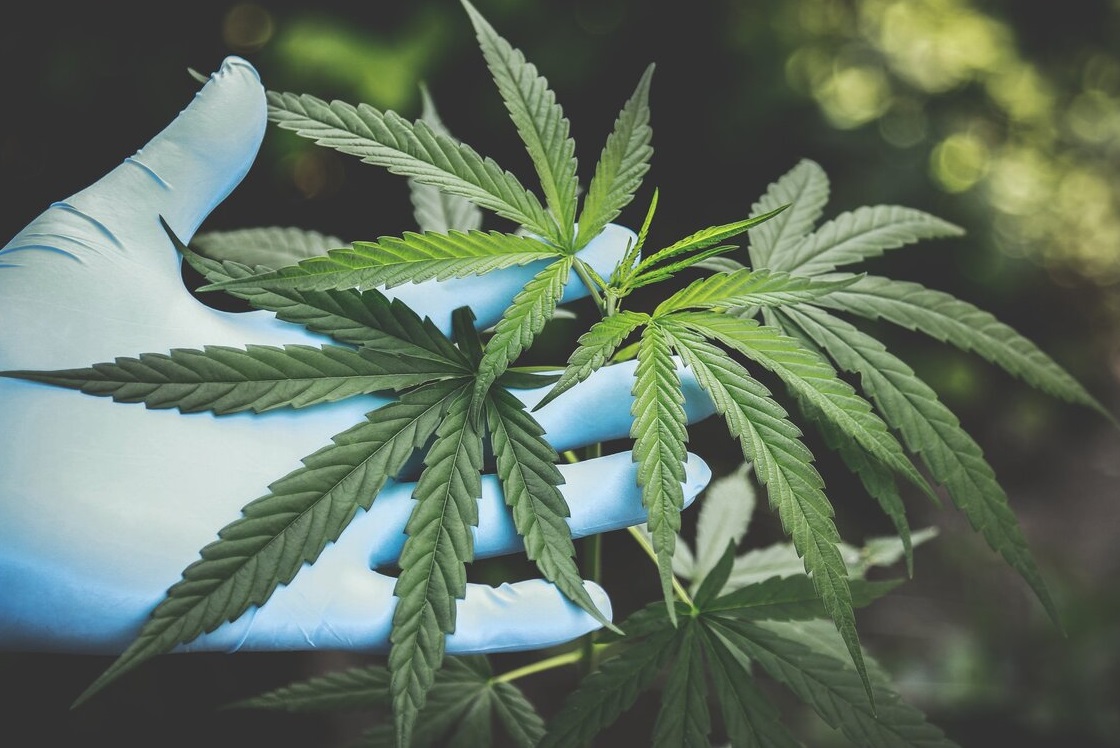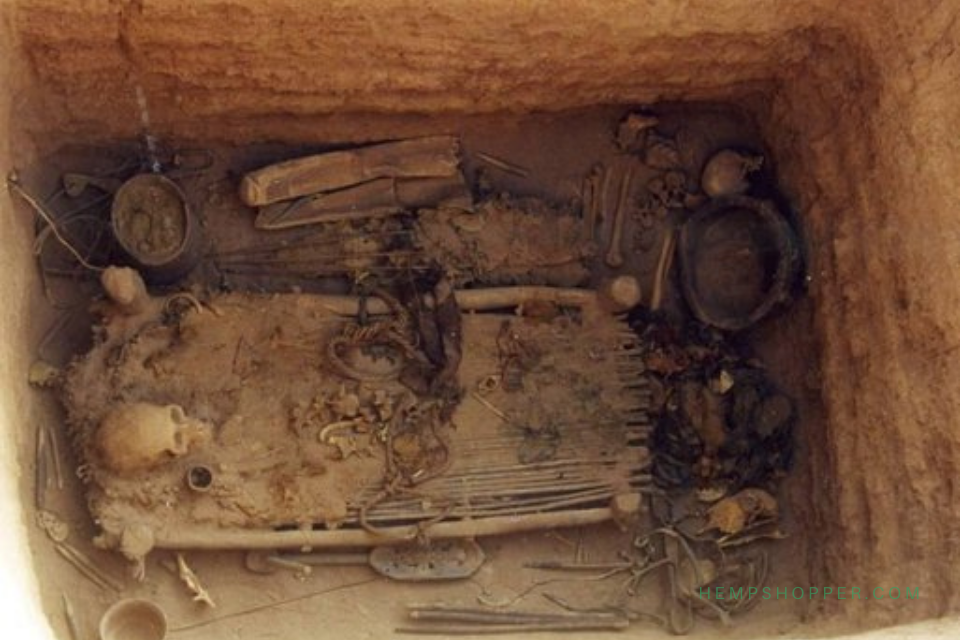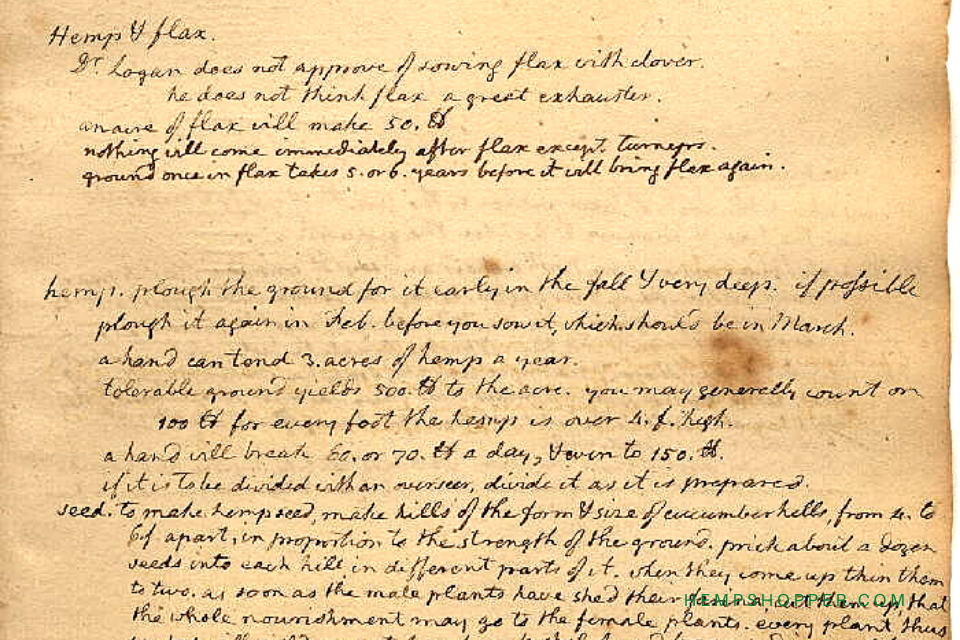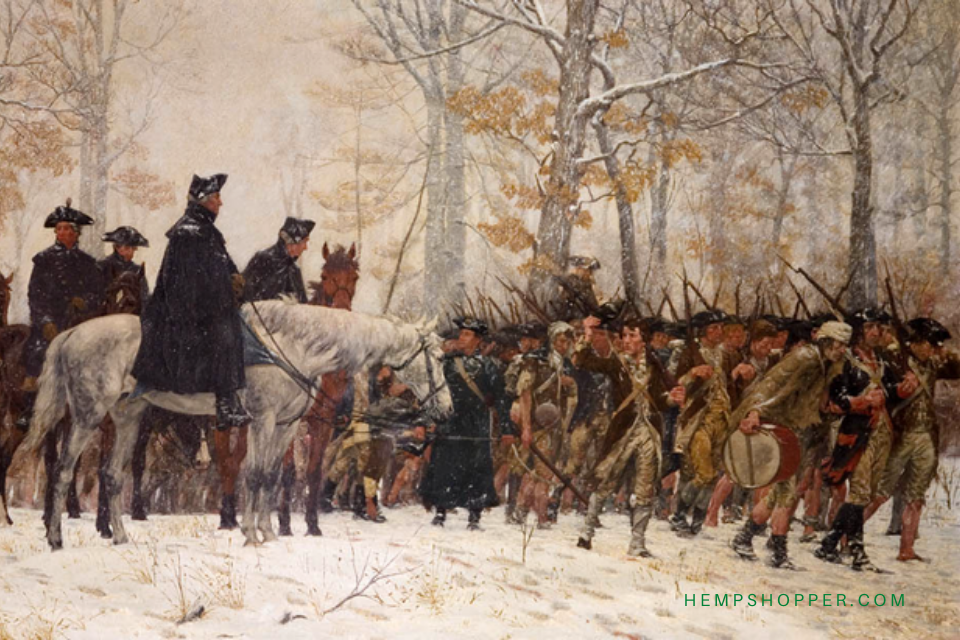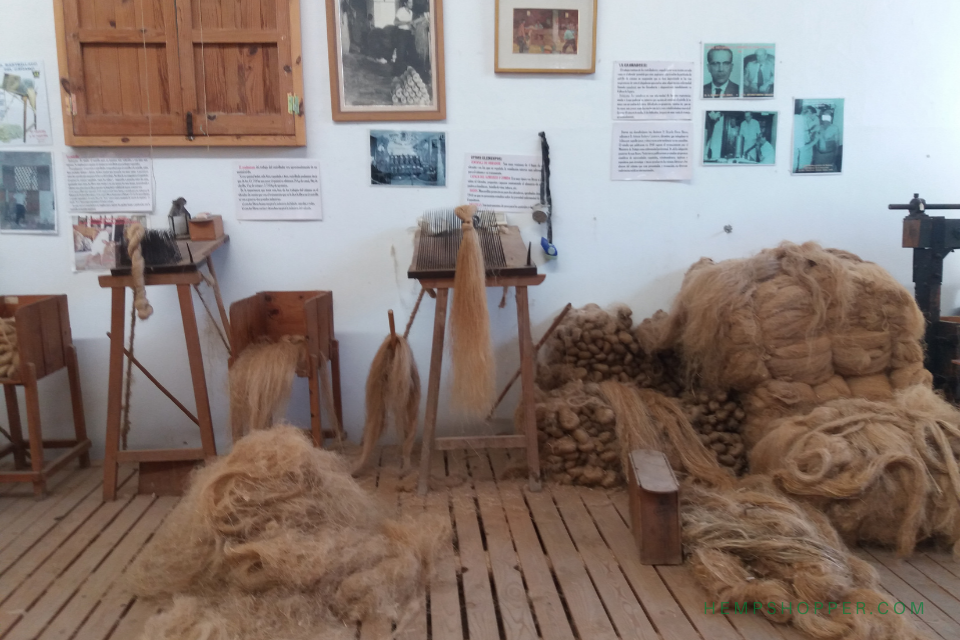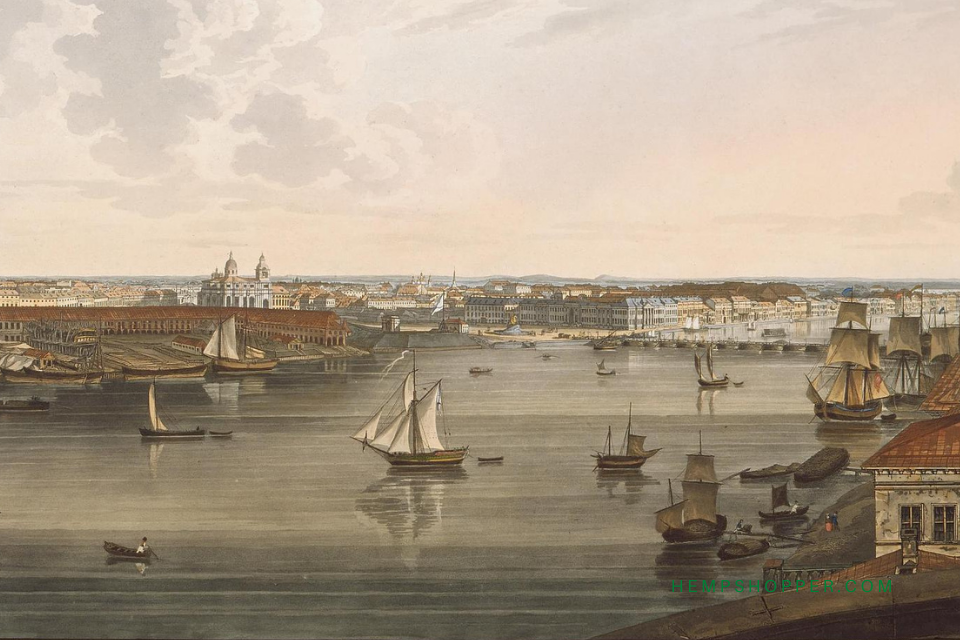1838–1840: Pioneering medical trials
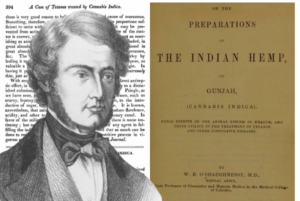
1838–1840: Pioneering medical trials
In the late 1830s, Irish physician William Brooke O’Shaughnessy explored the medical potential of cannabis. He validated traditional uses of cannabis in India, discovered new applications, and ultimately recommended cannabis for a great variety of therapeutic purposes. [1]
As a member of the Medical and Physical Society of Calcutta, he published pioneering research on its applications. O’Shaughnessy gained recognition by using cannabis to alleviate rheumatic pain and control infant convulsions. His most notable achievement was using cannabis resin to ease the severe muscle spasms caused by tetanus and rabies. [2] This ground-breaking work laid the foundation for the therapeutic use of cannabis in Western medicine.
1. O'Shaughnessy, W.B. (1843). "On the preparations of the Indian hemp, or Gunjah, (Cannabis Indica)". Prov Med J Retrosp Med Sci. 5 (123): 1–7. PMC 2490264. 2. O'Shaughnessy, W.B. (1838–1840). "Case of Tetanus, Cured by a Preparation of Hemp (the Cannabis indica.)". Transactions of the Medical and Physical Society of Bengal. 8: 462–469.


 Hempshopper Amsterdam
Hempshopper Amsterdam 